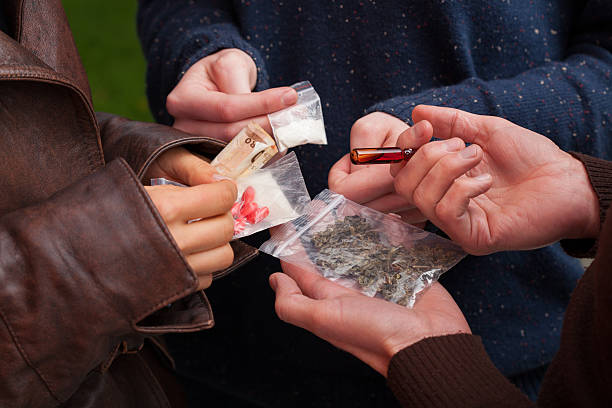
Navigating the Shadows: The Challenges of Addiction Among the Youth
Addiction is a complex and multifaceted issue that affects individuals of all ages. However, when it comes to the youth, the challenges of addiction take on a particularly alarming dimension. The adolescent and young adult years are a time of exploration, self-discovery, and vulnerability, making this population more susceptible to the pitfalls of addiction. In this blog post, we will delve into the unique challenges faced by young individuals in relation to addiction and the importance of early intervention and support.
- Peer Pressure and Social Influences: During adolescence, the desire to fit in and be accepted by peers is exceptionally strong. This period is marked by intense social interactions and the search for identity. Unfortunately, peer pressure can heavily influence young individuals’ choices, leading them down a path of substance misuse. The need to conform and be part of a social group can override sound judgment, making it difficult to resist the temptations of experimentation and substance abuse.
- Vulnerability to Mental Health Issues: The teenage and young adult years are a time of heightened emotional and psychological vulnerability. Hormonal changes, academic pressures, identity development, and relationship challenges can contribute to the emergence or exacerbation of mental health issues such as depression, anxiety, and trauma. Substance abuse often becomes a misguided coping mechanism, as young individuals seek solace or temporary relief from their emotional pain. Unfortunately, this self-medication can quickly spiral into addiction, further exacerbating their mental health struggles.
- Accessibility of Substances: In today’s digital age, accessing drugs and other addictive substances has become alarmingly easy for young people. The internet provides an avenue for purchasing illicit substances, while the rise of vaping and synthetic drugs has introduced new challenges. The availability of substances, combined with inadequate regulations and safeguards, presents a significant hurdle in curbing addiction among the youth.
- Lack of Awareness and Education: While efforts have been made to educate young individuals about the risks of substance abuse, there remains a gap in comprehensive awareness and education programs. Many young people may not fully comprehend the long-term consequences of addiction, or they may underestimate the dangers due to misinformation or peer influence. Educational initiatives that address the risks, consequences, and available resources need to be implemented more widely to empower young individuals to make informed decisions and seek help when needed.
- Stigma and Barriers to Seeking Help: Addiction is often accompanied by stigma and shame, making it difficult for young individuals to reach out for help. Fear of judgment, social repercussions, or a lack of understanding can prevent them from seeking the support they desperately need. Creating safe and non-judgmental spaces, both online and offline, where young individuals can openly discuss addiction and access appropriate resources, is essential in breaking down these barriers.
Conclusion: Addressing the challenges of addiction among the youth requires a multifaceted approach that involves education, early intervention, and a supportive community. It is crucial to prioritize prevention efforts, promote mental health awareness, and provide accessible and youth-friendly treatment options. By fostering a culture of empathy, understanding, and support, we can empower young individuals to overcome addiction, reclaim their lives, and build a brighter and healthier future. Together, let’s invest in the well-being of our youth and ensure they receive the guidance and resources necessary to navigate the shadows of addiction.



